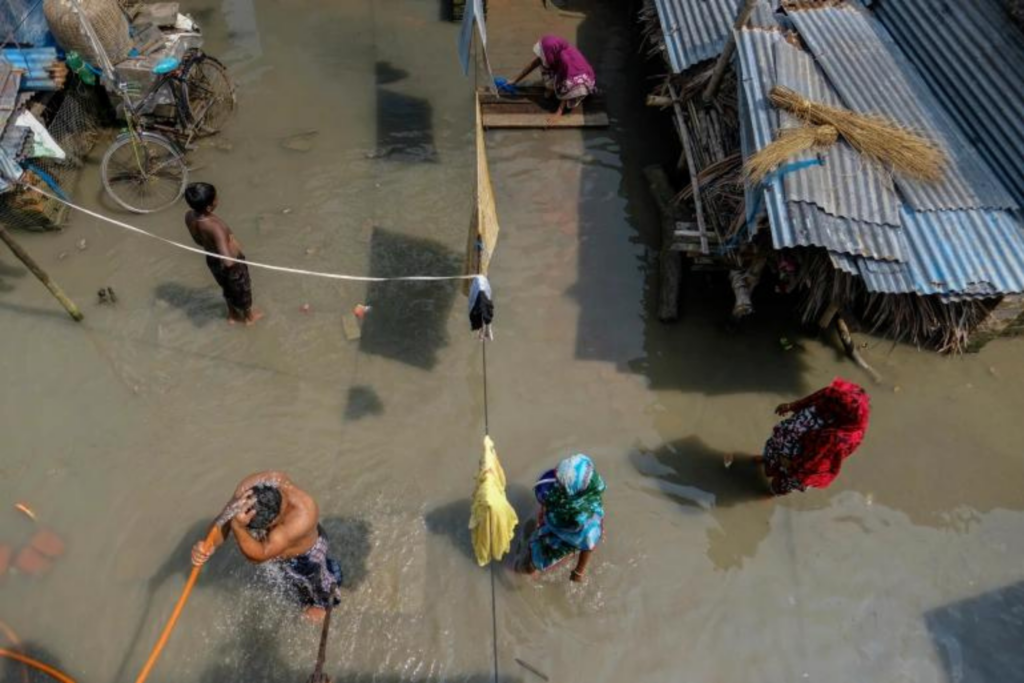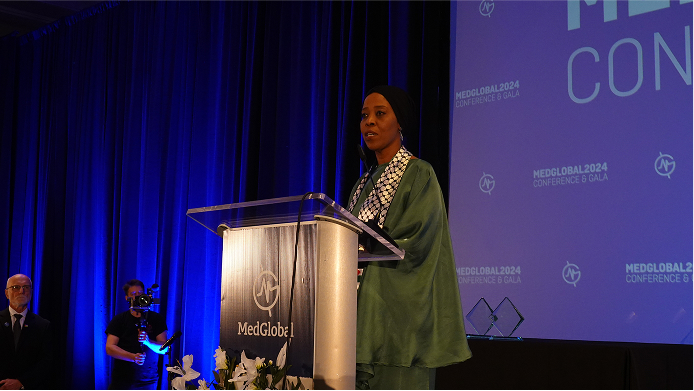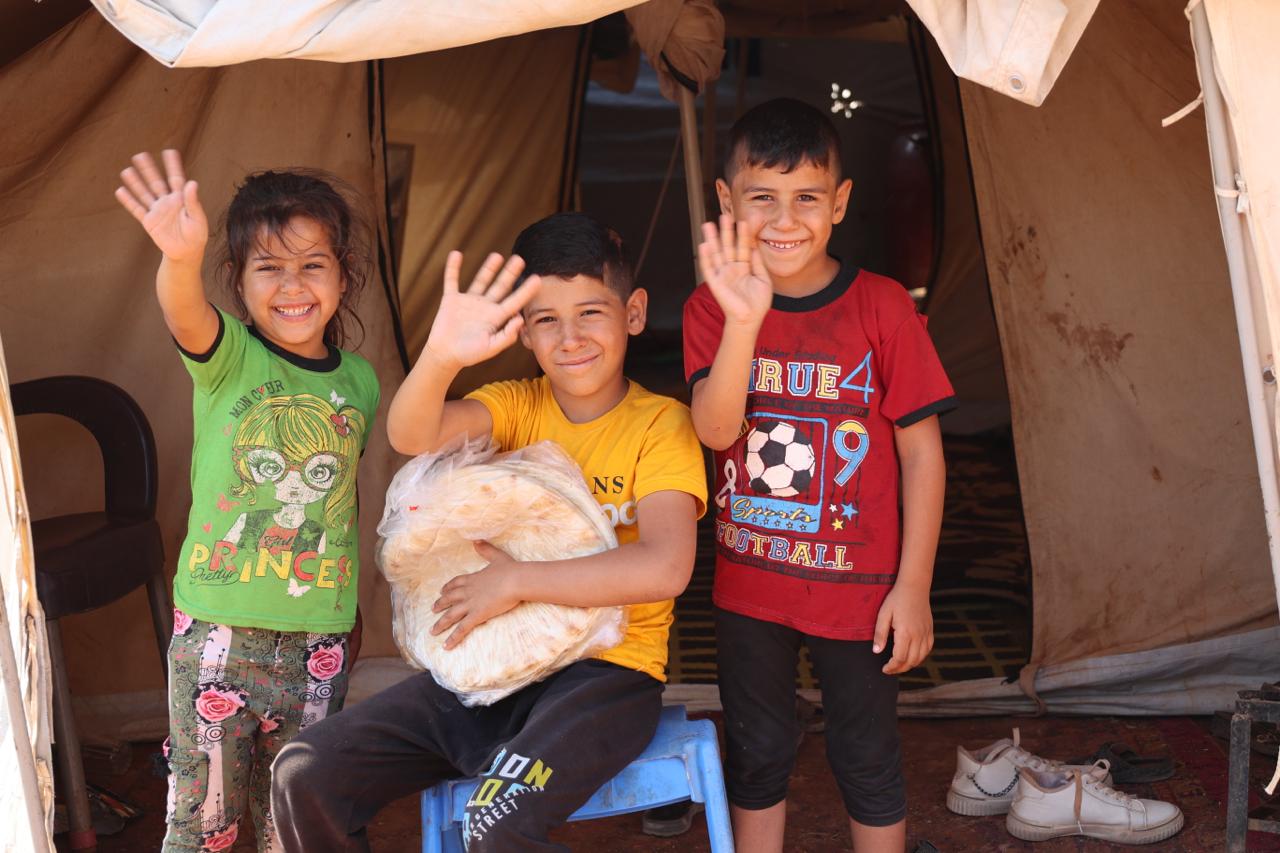Updates & Press
Blog Featured | November 5, 2021
Weekly Humanitarian News Digest – November 5
Author | MedGlobalComms

Cover Image: Mahmud Hossain Opu/AP
Latest News for October 29 – November 5, 2021
Afghanistan
The Taliban has prohibited women from working within aid organizations and has set restrictions which will limit aid access across the country. Restrictions on female workers include the type of work they can carry out, segregation by gender within offices, obligation to be accompanied by a male chaperone, and limiting access completely. Systems that were established to address gender-based violence have been dismantled. These restrictions limit humanitarian access to the most vulnerable. (Human Rights Watch)
Child marriage is on the rise due to the country’s economic collapse. Lack of food and work has forced families to resort to selling young daughters to protect the rest of the family. Even with this money, many families will only be able to survive for a few more months. Lack of access to education has also influenced this increase. (CNN)
Bangladesh/ Myanmar
Bangladesh’s population of 160 million faces grave risk due to climate change. Rising sea levels caused by cyclones and higher tides are leading to water and land contamination which cause diseases. (Al Jazeera)
Fighting in Northwest Myanmar has escalated, resulting in further displacement and destruction of buildings. This region is home to the Chin people, an ethnic minority in the country. Community organizations have equated this violence to the 2017 assault on Rohingya Muslims in the country. Thousands of people have fled into India. (Financial Times)
Colombia/ Venezuela
32% of all Venezuelan migrants displaced in Latin America are in Colombia. Colombia has provided a robust response in hosting this community of about 1.7 million people who are now based in the country. 5.5 million Venezuelans have passed through Colombia since 2015. (World Bank)
The ongoing crisis in Venezuela has made treatment for breast cancer inaccessible, causing the mortality rate to rise. Venezuela’s mortality rate for breast cancer is about 30% higher than the average in South America. This situation is caused by shortages of medical equipment, treatment centers, and prices which are out of reach for the general population. (Caracas Chronicles)
Gaza/ Palestinian Territories
The Israeli occupation of Gaza is a major threat to the fight against climate change. Sewage and toxic waste dumping from illegal settlements and the state of Israel are the main causes of pollution in Palestine. This has caused 95% of Gaza’s groundwater to be undrinkable. (Morning Star)
Bedouin communities in Hebron are particularly vulnerable to COVID-19 due to lack of basic needs. There are about 40,000 people living in Bedouin communities in Palestine. The lack of basic infrastructure, such sewage systems and sanitation facilities complicates the ability to disinfect the environment to protect against COVID-19. (ACTED)
Haiti
Lack of fuel limits humanitarian aid access in Haiti. Aid organizations in Haiti report being unable to reach populations due to lack of transportation which limits their access to rural areas. One group has gone from serving around 2,000 patients to barely 300. Communication and water are cut off around the country. (NPR)
Haitian migrants risk their lives by traveling in truck trailers and crossing deadly routes to reach the United States. This week, 54 migrants, including 14 children, were found in Guatemala in a truck trailer. More than 100,000 migrants have crossed the Darien Gap this year and more than 50 have died. (Al Jazeera)
India
Thousands die yearly in India during extreme monsoon seasons caused by climate change. The poor are the most vulnerable to these extreme conditions and have limited means to relocate and rebuild their homes when they are destroyed by storms. Some families reported having to rebuild homes four times in one year. Around 472 million people, 35% of India’s population, are particularly vulnerable to floods. (CNN)
Lebanon
Protesters take to the streets as gasoline prices rise to an inaccessible point, with an entire tank costing more than the national minimum wage. The gasoline shortage has ended, but barely anyone can afford it. The government has yet to fulfill promises to support needy families due to the ongoing political paralysis. (Al Jazeera)
Pakistan
Pakistan will be the first country to see inflation and food prices rise as the humanitarian crisis worsens in Afghanistan. Their futures are interlinked. Pakistan is faced with the task of peacemaking in order to assure safety for both countries. (Dawn)
Greece is attempting to send back Pakistani migrants that arrived in a cargo ship on October 31st. The boat included 192 migrants from Pakistan, 112 from Afghanistan, and others. About 40% of the people onboard are under 18 years old. (InfoMigrants)
Sudan
Over 45,000 refugees from Ethiopia have fled into Sudan since November 2020 as violence continues to escalate. Humanitarian actors have been unable to access Tigray, Ethiopia since August due to lack of fuel, supplies, and communications. This has left hundreds of thousands without access to food aid. The instability of Ethiopia and Sudan threaten to expand throughout the region. (UN News)
Protestors were killed and injured during nationwide protests in Sudan and international aid has been frozen. The use of tear gas and gunfire resulted in 3 people killed and over 38 injured. Nearly a third of the population are in urgent need of humanitarian assistance and without access. (Reuters)
Syria
Idlib battles a COVID surge amid ongoing conflict that has placed half of the population in displacement camps and a shortage of doctors and health centers.Only 1% of the population is vaccinated, due in part to misinformation spreading via social media. Doctors have warned that if the situation continues for another month it will trigger a total collapse. (The Washington Post)
Yemen
There are 5 million people on the brink of starvation in Yemen, affecting everything from women’s ability to breastfeed to children’s chances of survival. About 47,000 people are already living in famine-like conditions. This crisis is driven by a lack of financial resources, not food shortages. (The Washington Post)
The conflict continues to disproportionately affect children, who are experiencing displacement, lack of education, malnutrition and lack of access to safe water. Violence in Marib has killed or maimed 11 children in the past month. At least 8 children have been killed or maimed in Yemen in the past five days. (UN News)


